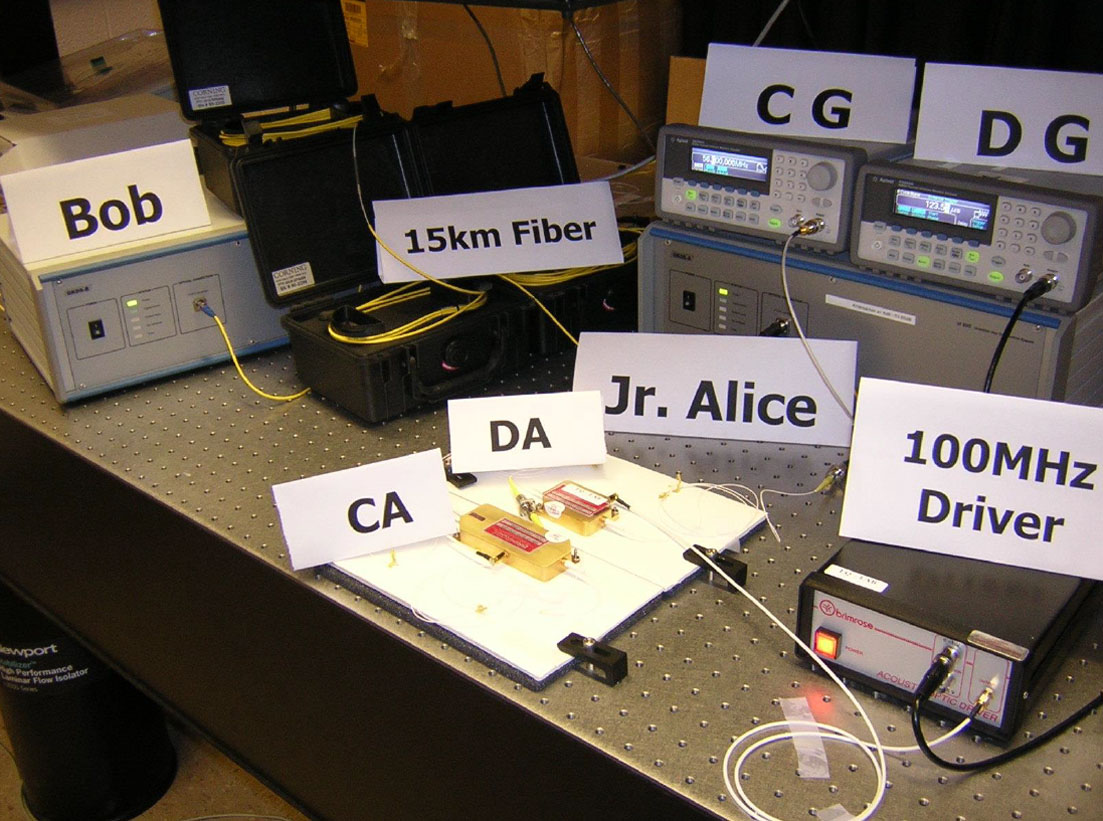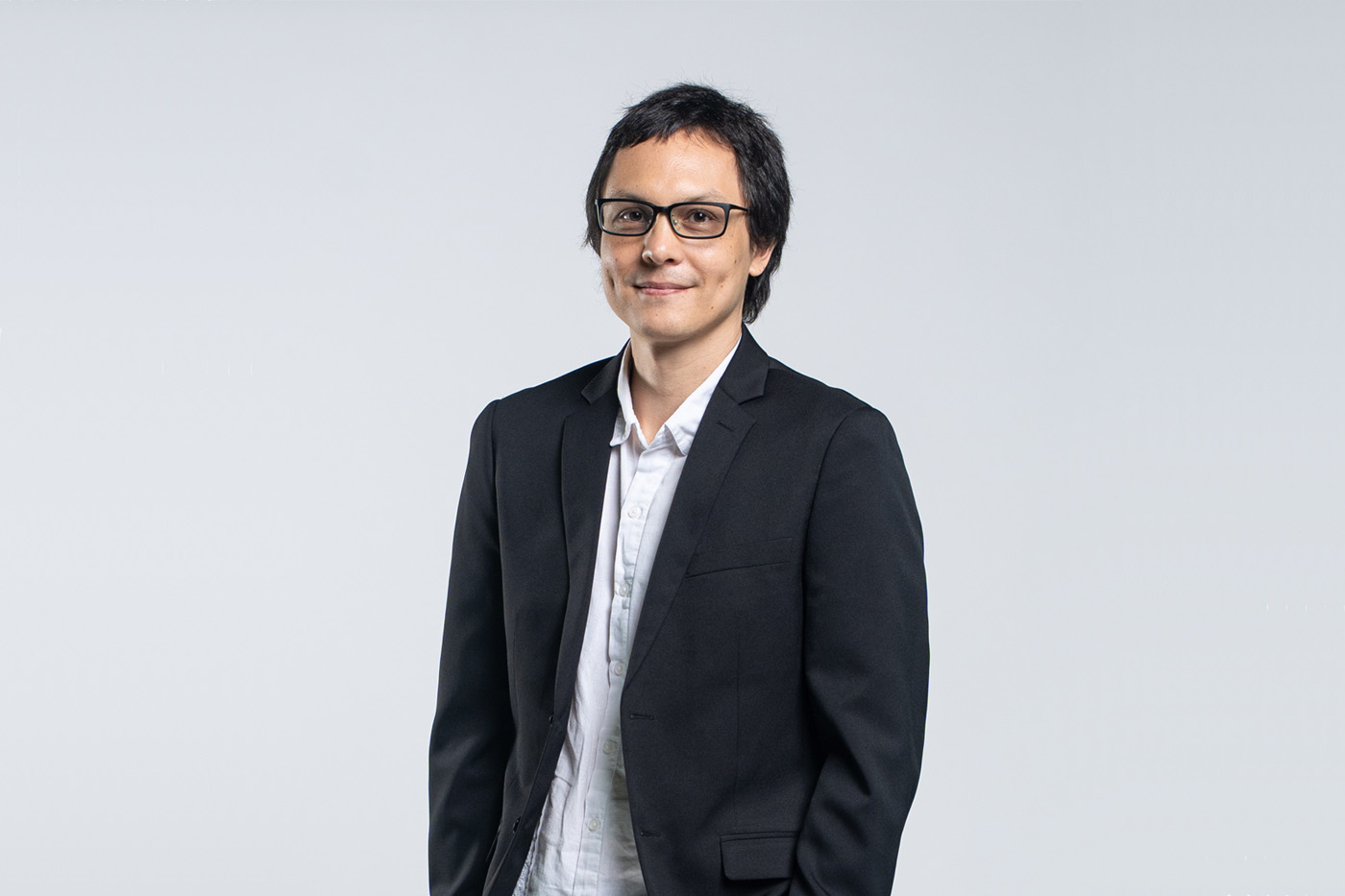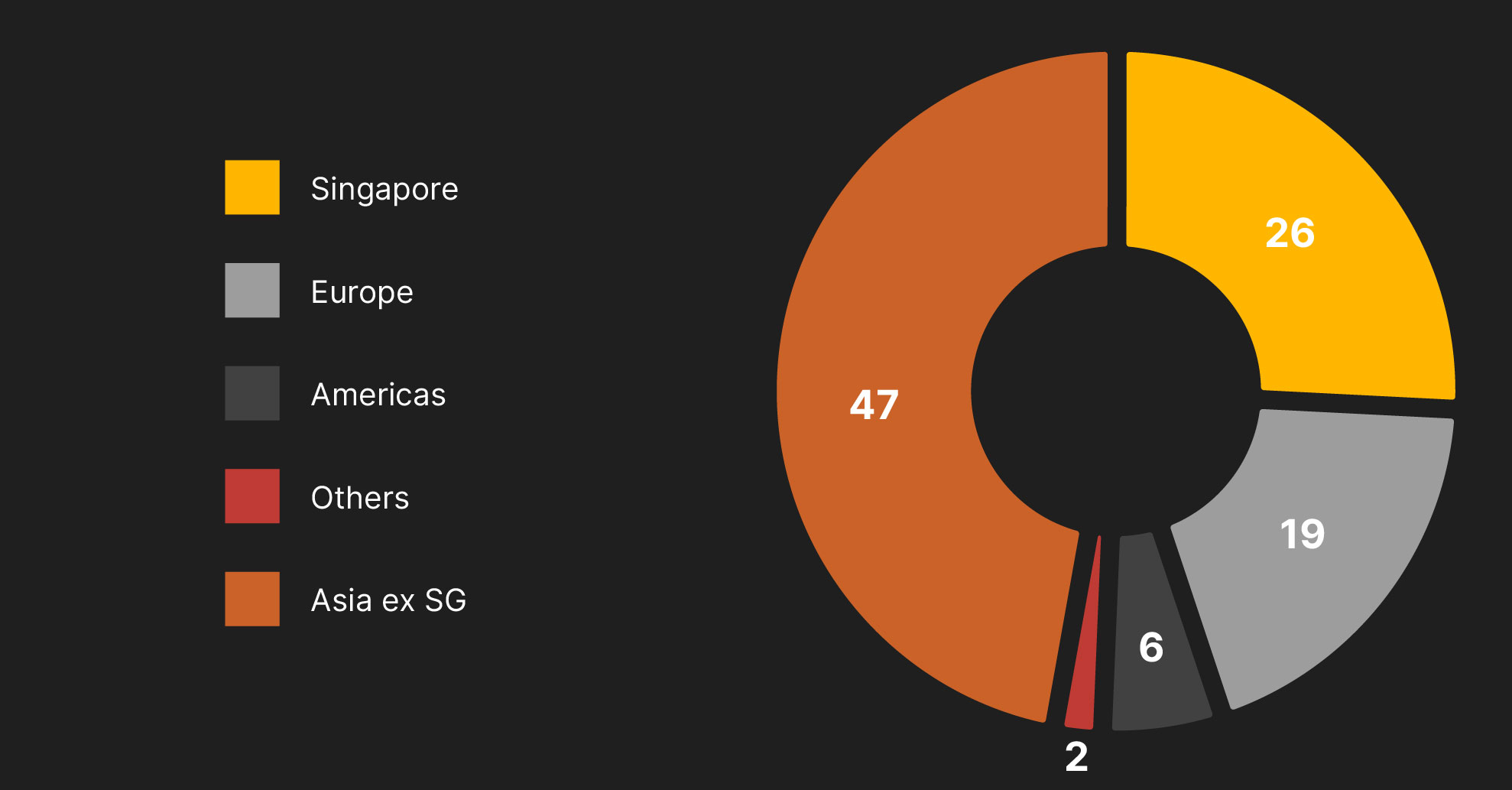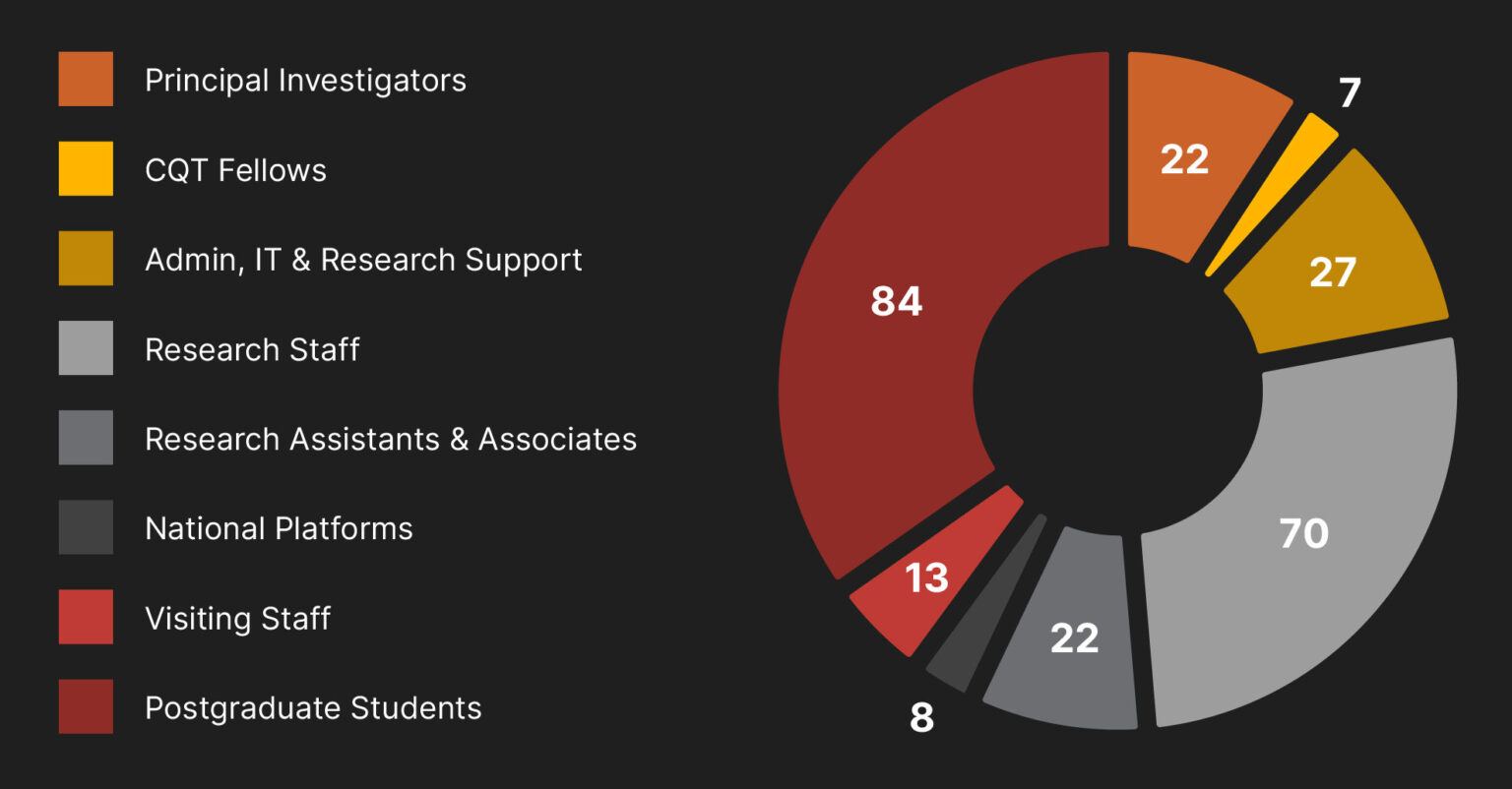Meet A CQTian: Hoi-Kwong Lo
Principal Investigator Hoi-Kwong Lo works on the theory and experiment of quantum communication and quantum cryptography

Hoi-Kwong moved to Singapore this year and is setting up his group that will work on the theory and experiment of quantum communication and quantum cryptography.
Hoi-Kwong Lo joined CQT as a Principal Investigator in October 2025. He is also Professor and Provost’s Chair Professor at the NUS Department of Physics. He received his PhD in theoretical particle physics from Caltech in 1994. After a postdoc stint in Princeton and working in industry, he joined the University of Toronto in 2002, where he stayed for over 10 years. Hoi-Kwong brings with him expertise in quantum information science, quantum communication and cryptography.
Welcome to CQT! What made you move to Singapore?
Singapore is a very good place to do quantum research. Singapore started CQT in 2007, one of the earliest quantum research centres. Moreover, recently Singapore has announced its National Quantum Strategy. This dramatically increases the amount of quantum funding in Singapore.
I know many good people here in Singapore. For example, I have known Artur Ekert, the founding director of CQT since the 1990s when I was at Hewlett-Packard Lab in Bristol, UK. I have also co-authored a paper on “maximally entangled states” with the current CQT Director José Ignacio Latorre many years ago. I have visited CQT before and have had many nice discussions with people such as Principal Investigators (PI) Alexander Ling, Christian Kurtsiefer and former PI Charles Lim. I am very excited to be here.
Your PhD was in theoretical particle physics. In your interview with NUS Physics, you said you got ‘side-tracked’ into quantum information science from attending seminars on quantum computing. What caught your interest?
One seminar was by Peter Shor who talked about his algorithm for factorisation. It was quite remarkable to see that somehow quantum mechanics has something to do with factorisation.
Benjamin Schumacher also talked about quantum coding theorems. It was interesting to see that different coding theorems and different ways to encode information were somehow all related to quantum, like there was some sort of generalisation which is deeper and maybe more elegant.
These seminars were eye-opening!
What are some of the projects that you are looking forward to start?
My main interest is the theory and experiment of quantum communication and quantum cryptography. The long-term objective is to build a quantum internet. No matter what computers people use, in the end they want to network with different computers to make the whole more powerful.
More immediately, I think about how to secure communications in this quantum world. Some people like to call quantum key distribution (QKD) unhackable, but what it actually offers is information-theoretic security. If you look at the QKD networks being built now, they are based on trusted nodes. This means that if the security of any node is compromised, someone can steal your key. What I am interested in building is a network of untrusted nodes.
In theory, QKD is secure, but in practice, there could be many loopholes. I am interested to study these side channels and how we fix those problems.
I am also interested in quantum repeaters. Quantum signals are limited in distance because, for example, there is a loss in the fibre. Relaying signals over long distances, ensuring secure communication, is a big challenge.
Building the quantum internet may take one century. The Bennett-Brassard protocol (BB84) and Ekert 91 protocol were only invented 41 and 34 years ago respectively. So, we need to be patient. As the Chinese saying goes, “A journey of a thousand miles begins with a single step”.
You describe your group as doing both theory and experiment.
Integrating theory and experiment excites me. I want to write theoretical papers that are interesting for experimentalists to see how those ideas can be implemented. Similarly, when we do experiments, we run into problems which would inspire new theories.
Are you hiring for your group?
Yes, definitely. I’m hiring postdocs and students so people who are interested, please contact me.
You have industry experience and are a co-founder of a quantum start-up, Quantum Bridge. How did you find transitioning to and from academia?
In the beginning, I was in industry because there were no jobs in academia. I liked it so I stayed for a few years before joining the University of Toronto. I was not expecting to transition between industry and academia, but my path shows that you never know what will happen. So, you should always be open to new ideas and new opportunities.
What do you enjoy most about your work?
I think research is exciting. Physics research is a big privilege. My postdoc supervisor, Frank Wilczek, who is a Physics Nobel Prize winner, once said that timing is everything. Of course, you have to be hard-working, but timing controls a lot. So, I am very fortunate to be doing the right thing at the right time. I love to work with students, collaborate with people, and learn from others. I also enjoy going to conferences to meet people, see different cities, different environments, and learn something new.
What do you enjoy outside of work?
I don’t have much time outside work these days. I like reading books and would like to spend more time reading books. I also like history, so I read and try to understand the history of how things happen.
Is there anything else you would like to mention?
I like ideas that are simple and neat. As Einstein famously said, “Physics should be as simple as possible, but not simpler”.
Do you have an example of this from your work?
People often think of quantum optical experiments as complex with many components on an optical table, and that you need years of PhD training to do the experiments. This is not necessarily true. For example, decoy state QKD is extremely simple to implement, and we did the world’s first decoy state QKD experiment in my lab at the University of Toronto.
We only needed to perform intensity modulation to the quantum signals! We bought a commercial QKD system from ID Quantique and added a few commercial components such as acoustic-optical modulators for intensity modulation. The experimental setup was extremely simple but it worked well. The work was done mostly by a graduate student, Yi Zhao, in just a few months and was supervised by my postdoc, Bing Qi, at the time. I myself had absolutely zero experimental training in my whole academic career. We are very proud to see that decoy state QKD is now a standard technique used in many commercial QKD systems.

Related Stories

23 October 2025
Meet a CQTian: Timothy C H Liew
CQT Fellow Timothy works on the theory of exciton-polaritons, which are hybrid states of light and matter, and quantum neural networks




